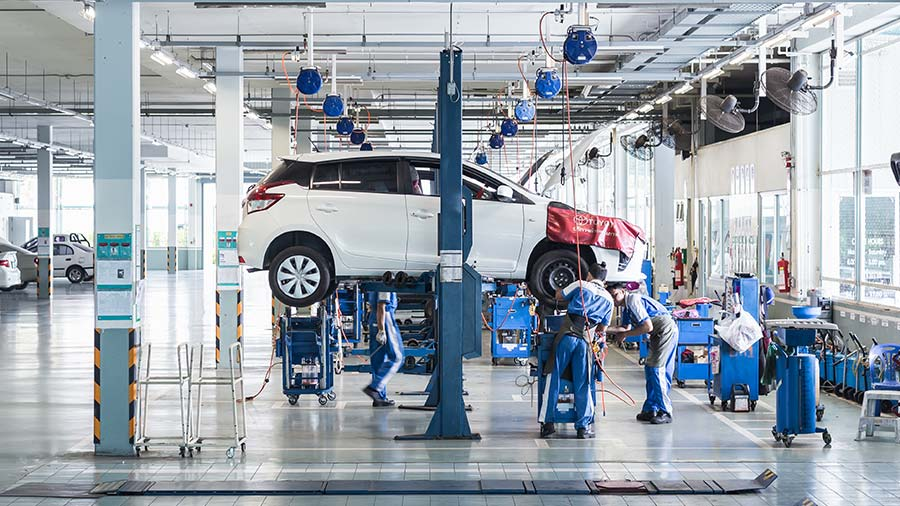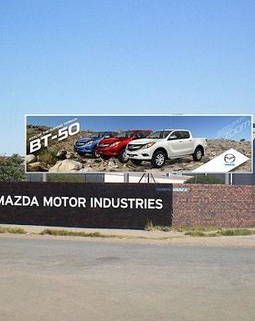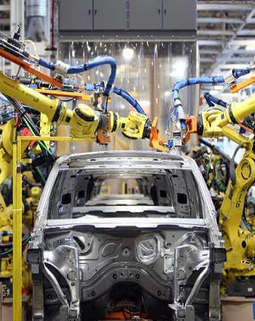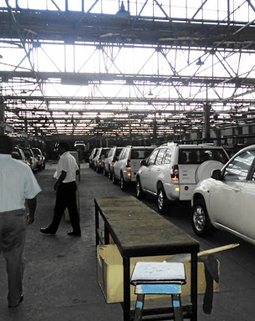While Zimbabwe may not boast the capability to build cars from scratch like some nations, its automotive industry holds potential for growth and development. This article explores the dynamics of Zimbabwe's automotive sector, highlighting challenges, opportunities, and potential solutions for its advancement.
Limited Indigenous Production:
Unlike some advanced nations, Zimbabwe relies heavily on imports for automotive technology, including powertrain, drivetrain, and telematics. With only four key vehicle manufacturers in the country, the industry faces challenges in maintaining continuity and viability.
Key Players and Market Demand:
Zimbabwe's automotive industry is primarily comprised of four vehicle manufacturers, focusing on passenger vehicles and buses. However, the demand for brand new vehicles remains low, with imports accounting for only a fraction of yearly vehicle demand.
Employment Potential:
Despite challenges, Zimbabwe's automotive industry has the capacity to impact local employment significantly. Major manufacturers like Quest Motors and AVM Africa have the potential to employ thousands of workers, providing a boost to the economy.
Challenges Faced:
The domestic automotive sector in Zimbabwe contends with a myriad of challenges, notably the significant influx of imported used cars, insufficient local content in assembled vehicles, interruptions in production due to power outages, and elevated production expenses for small component manufacturers. The influx of imported used vehicles poses a threat to the local market, while the lack of substantial local content in assembled vehicles undermines the sector's capacity for self-sufficiency and economic growth. Additionally, frequent power outages disrupt manufacturing operations, exacerbating production costs and hindering efficiency. Addressing these challenges requires collaborative efforts from industry stakeholders and policymakers to implement strategies aimed at bolstering local production, enhancing competitiveness, and fostering sustainable growth within Zimbabwe's automotive sector.
Lack of Technological Advancement:
Zimbabwe's automotive industry faces a deficit in indigenous technological capabilities, heavily dependent on imported core technology. The absence of a domestic vehicle brand and the inability to cultivate proprietary engine designs underscore the imperative for technological progress within the sector. Without a national automotive identity and self-sustaining technological infrastructure, Zimbabwe remains reliant on external sources for critical automotive components and expertise. To foster sustainable growth and competitiveness, investments in research and development are essential to nurture indigenous technological prowess and cultivate a homegrown automotive industry. By prioritizing innovation and skill development, Zimbabwe can pave the way for the emergence of a vibrant and self-reliant automotive sector, driving economic prosperity and technological advancement in the country.
Conclusion:
Despite facing significant challenges, Zimbabwe's automotive industry holds promise for growth and development. Government support, investment in infrastructure, and strategic partnerships with international manufacturers can drive the industry forward. Drawing lessons from countries like China, Zimbabwe has the opportunity to transition from reliance on imports to becoming a hub for vehicle production and innovation. By fostering technological exchanges and supporting local manufacturing, Zimbabwe can unlock the full potential of its automotive sector, contributing to economic advancement and industrial growth.





